Stepping into your bathroom, the vanity stands as a functional centrepiece and a style statement, anchoring the space with its presence. However, beyond its aesthetic allure, the choice of material for your bathroom vanity holds more profound significance, influencing the ambience, longevity, and upkeep of your bathroom oasis. In this buyer’s guide, we delve into the intricacies of selecting the perfect material for your vanity, ensuring that your choice reflects both your taste and practical needs.
You can read more on protecting bathroom vanities from water damage to make an informed decision and ensure your vanity withstands the rigours of daily use in a moisture-prone environment.
Assess Durability and Longevity
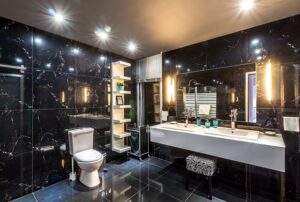 When selecting a material for your bathroom vanity, durability and longevity should be at the forefront of your decision-making process. The bathroom is a high-traffic area with fluctuating humidity levels, so the material you choose must withstand these conditions. Solid wood, for example, is highly durable and can last for decades if properly maintained.
When selecting a material for your bathroom vanity, durability and longevity should be at the forefront of your decision-making process. The bathroom is a high-traffic area with fluctuating humidity levels, so the material you choose must withstand these conditions. Solid wood, for example, is highly durable and can last for decades if properly maintained.
However, it requires sealing to protect against moisture. On the other hand, engineered materials like plywood or MDF (medium-density fiberboard) with a water-resistant finish can also be robust options. Consider how long you plan to use the vanity and choose a material that will stand the test of time.
Consider Maintenance and Cleaning
The ease of maintenance and cleaning is another critical factor when choosing a bathroom vanity material. Bathrooms are prone to spills, stains, and soap scum, so selecting a material that is easy to clean and maintain will save you time and effort. For instance, quartz and solid surface materials are non-porous and resist stains, making them easy to clean with just soap and water. Natural stone, such as marble or granite, requires periodic sealing to maintain its appearance and prevent staining. If low maintenance is a priority, opt for materials that require minimal upkeep.
Evaluate Aesthetic Appeal
Your bathroom vanity should not only be functional but also enhance the overall aesthetic of your bathroom. The material you choose will significantly impact the look and feel of the space. Natural stone like marble or granite is an excellent choice for a timeless and luxurious appearance. Consider materials like glass or stainless steel if you prefer a sleek, modern look. Wood or wood-like materials can add a touch of rustic charm for a warm and inviting ambience. Think about your bathroom style and how the vanity material will complement other elements in the room, such as tiles, fixtures, and paint colours.
Budget and Cost Considerations
 Budget is often a deciding factor when choosing a bathroom vanity material. Prices vary widely depending on the material’s quality, rarity, and installation complexity. For instance, natural stone materials like marble and granite are more expensive due to their luxurious appeal and durability.
Budget is often a deciding factor when choosing a bathroom vanity material. Prices vary widely depending on the material’s quality, rarity, and installation complexity. For instance, natural stone materials like marble and granite are more expensive due to their luxurious appeal and durability.
Engineered stone and solid surfaces provide a more budget-friendly alternative while offering durability and a stylish look. Laminate and ceramic are cost-effective options that offer a variety of styles and colours to choose from. Assess your budget and determine how much you will spend on your bathroom vanity to narrow your options.
Choosing the best material for your bathroom vanity involves balancing durability, maintenance, aesthetic appeal, and budget. By assessing the longevity of the material, considering ease of maintenance, evaluating how it fits within your bathroom’s design, and aligning with your budget, you can make an informed decision that enhances both the functionality and beauty of your bathroom.…



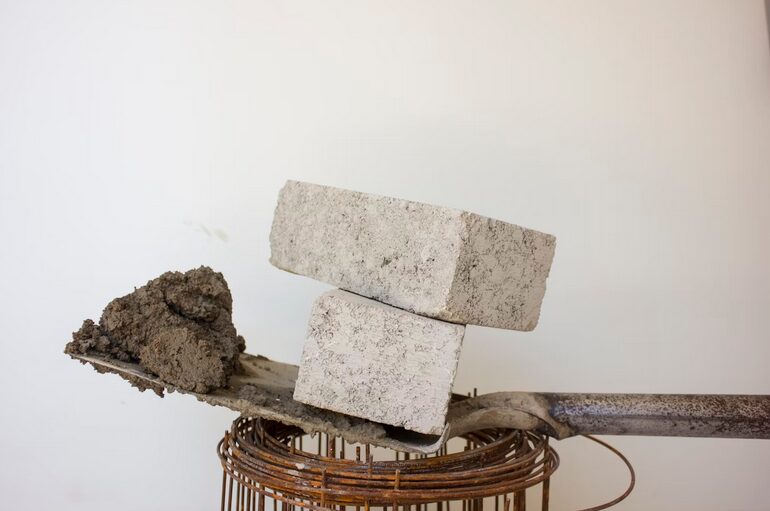


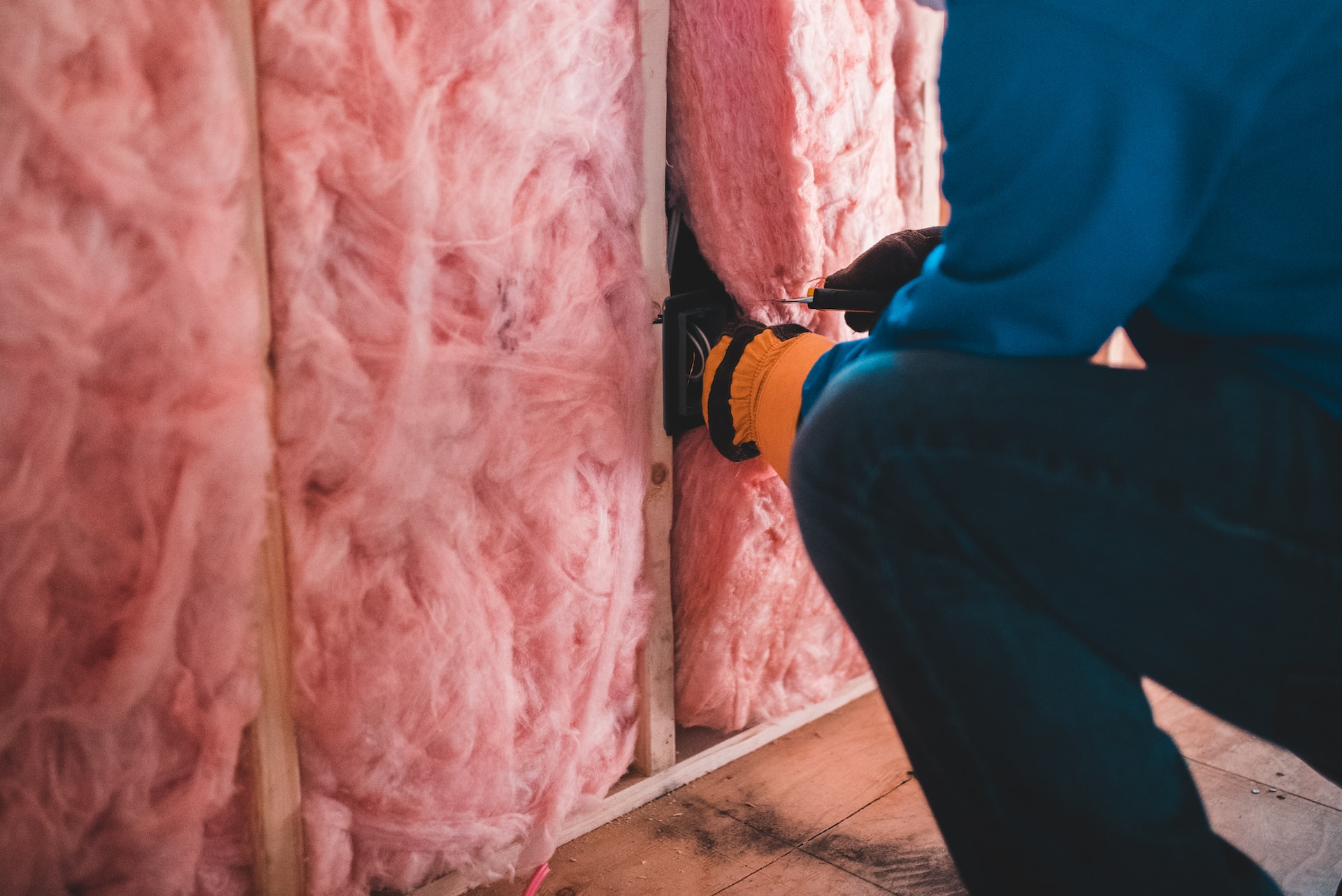




 Annual Pest Control is an essential task that should not be overlooked. As the seasons change, pests can invade our homes and cause a variety of problems. From rodents to insects, these unwanted guests can damage property, contaminate food, and spread diseases. To keep your home pest-free, it’s important to take proactive measures. One effective way to prevent pests is by sealing any cracks or openings in your home’s exterior. This will help keep out ants, spiders, and other insects seeking shelter. Additionally, regularly inspecting your attic and basement for signs of infestation can help catch any issues early on.
Annual Pest Control is an essential task that should not be overlooked. As the seasons change, pests can invade our homes and cause a variety of problems. From rodents to insects, these unwanted guests can damage property, contaminate food, and spread diseases. To keep your home pest-free, it’s important to take proactive measures. One effective way to prevent pests is by sealing any cracks or openings in your home’s exterior. This will help keep out ants, spiders, and other insects seeking shelter. Additionally, regularly inspecting your attic and basement for signs of infestation can help catch any issues early on.
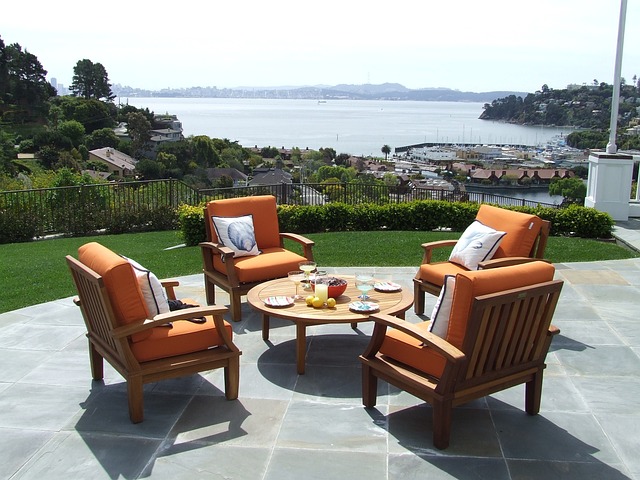
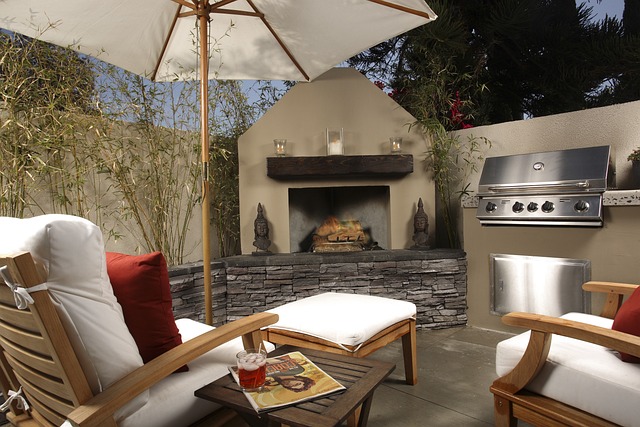

 When preparing your home for a new baby, one of the most important things to consider is eliminating any pests that may be present in your living space by doing rodent control. Pests like rodents, cockroaches, and bed bugs can pose serious health risks to you and your little one.
When preparing your home for a new baby, one of the most important things to consider is eliminating any pests that may be present in your living space by doing rodent control. Pests like rodents, cockroaches, and bed bugs can pose serious health risks to you and your little one. Preparing your home for a new baby is an exciting but daunting task. One of the most important things you can do is to rearrange your home in preparation for the arrival of your little one. First, start by decluttering and removing any unnecessary items from the rooms where your baby will spend most of their time.
Preparing your home for a new baby is an exciting but daunting task. One of the most important things you can do is to rearrange your home in preparation for the arrival of your little one. First, start by decluttering and removing any unnecessary items from the rooms where your baby will spend most of their time.
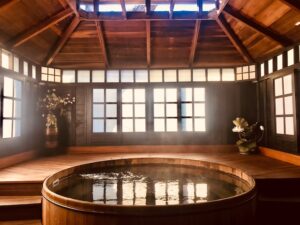
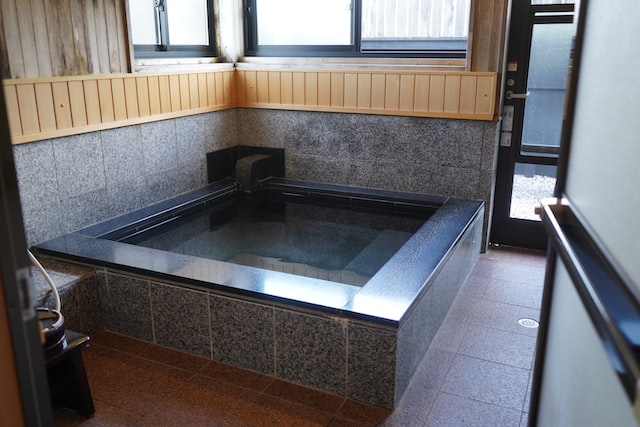
 To ensure your hot tub doesn’t overheat, it’s important to install a ventilation system as part of the installation process. This will help circulate air and keep your hot tub comfortable and safe to use. When it comes to ventilation, you should also make sure there is adequate access to fresh air. These tips can help ensure a successful indoor hot tub installation for your home.
To ensure your hot tub doesn’t overheat, it’s important to install a ventilation system as part of the installation process. This will help circulate air and keep your hot tub comfortable and safe to use. When it comes to ventilation, you should also make sure there is adequate access to fresh air. These tips can help ensure a successful indoor hot tub installation for your home.

 It’s easy to become emotionally invested in a
It’s easy to become emotionally invested in a 

 Turning off the power is a vital step before touching any electrical wiring or fixtures. Find your home’s circuit breaker box, and turn off the specific switch that powers the light fixture you’re working on. To ensure that no electricity is running through the wires, use a voltage tester to double-check for any live current. The importance of turning off the power cannot be stressed enough – it’s essential to your safety and that of anyone who may come in contact with the light fixture. There have been cases in which electricians were electrocuted due to not ensuring the power was off before beginning work. You can easily avoid this by taking the time to ensure all power is off.
Turning off the power is a vital step before touching any electrical wiring or fixtures. Find your home’s circuit breaker box, and turn off the specific switch that powers the light fixture you’re working on. To ensure that no electricity is running through the wires, use a voltage tester to double-check for any live current. The importance of turning off the power cannot be stressed enough – it’s essential to your safety and that of anyone who may come in contact with the light fixture. There have been cases in which electricians were electrocuted due to not ensuring the power was off before beginning work. You can easily avoid this by taking the time to ensure all power is off. Reading all the directions before beginning your project is also very important. This ensures that you know how to install the fixture properly and familiarizes you with any special instructions, warnings, or risks associated with the particular product. By reading these directions, you can ensure that you are taking all necessary safety precautions and avoiding anything that could cause an electrical fire. If you have any questions or need clarification, feel free to consult a professional electrician for help. This will further ensure that you are doing your best to keep yourself and your home safe throughout the light fixture installation.
Reading all the directions before beginning your project is also very important. This ensures that you know how to install the fixture properly and familiarizes you with any special instructions, warnings, or risks associated with the particular product. By reading these directions, you can ensure that you are taking all necessary safety precautions and avoiding anything that could cause an electrical fire. If you have any questions or need clarification, feel free to consult a professional electrician for help. This will further ensure that you are doing your best to keep yourself and your home safe throughout the light fixture installation.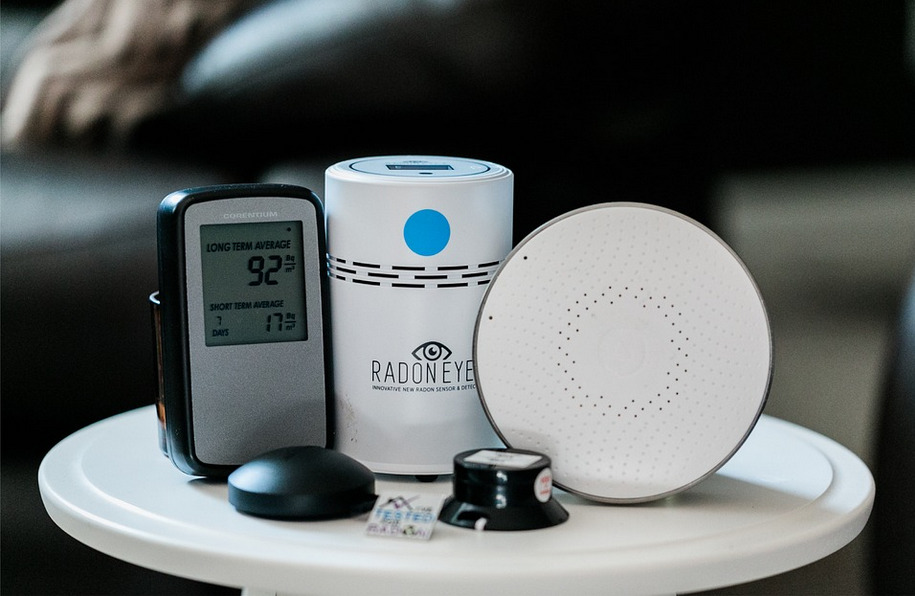

 While radon mitigation is generally considered safe, there are some potential risks associated with the process. For instance, if the radon reduction systems are not installed correctly or maintained properly, they may not be effective at reducing levels and could actually increase exposure to radiation. Additionally, certain radon reduction systems may release ozone or other contaminants into the air.
While radon mitigation is generally considered safe, there are some potential risks associated with the process. For instance, if the radon reduction systems are not installed correctly or maintained properly, they may not be effective at reducing levels and could actually increase exposure to radiation. Additionally, certain radon reduction systems may release ozone or other contaminants into the air.
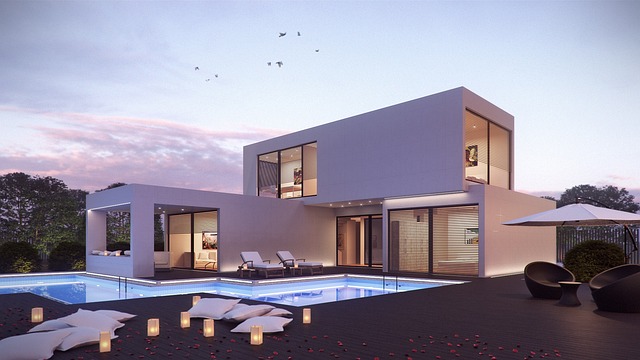
 The last advantage of owning a backyard pool is that it helps homes sell faster. In addition to adding value, swimming pools also offer an attractive selling point for buyers — particularly those with young children or active lifestyles. By having a well-maintained pool on the property, sellers can attract more potential buyers and ultimately get their homes off the market more quickly. It is known that many people want to own a home with a pool.
The last advantage of owning a backyard pool is that it helps homes sell faster. In addition to adding value, swimming pools also offer an attractive selling point for buyers — particularly those with young children or active lifestyles. By having a well-maintained pool on the property, sellers can attract more potential buyers and ultimately get their homes off the market more quickly. It is known that many people want to own a home with a pool.
 The first step in organizing your home office is to declutter your space. Look around and determine what items you need and what you can do without. Keep in mind that a cluttered desk can lead to a cluttered mind, so only keep items necessary for your work. Consider investing in storage solutions such as file cabinets or bookshelves to keep your space tidy and free of clutter.
The first step in organizing your home office is to declutter your space. Look around and determine what items you need and what you can do without. Keep in mind that a cluttered desk can lead to a cluttered mind, so only keep items necessary for your work. Consider investing in storage solutions such as file cabinets or bookshelves to keep your space tidy and free of clutter.
 Nothing makes a home office look messier than a tangle of cords and wires. To keep your space neat and tidy, invest in cable ties, cord covers, or a cable organizer to control your cords and wires. You’ll be amazed at how much cleaner and more organized your home office will look with just a few simple cable management tools.
Nothing makes a home office look messier than a tangle of cords and wires. To keep your space neat and tidy, invest in cable ties, cord covers, or a cable organizer to control your cords and wires. You’ll be amazed at how much cleaner and more organized your home office will look with just a few simple cable management tools.
 The Casper Original Hybrid Mattress is a great option if you’re looking for a mattress that provides both comfort and support. It features a layer of memory foam for cushioning and a layer of coils for support. The coils also help to promote airflow, which keeps you cool while you sleep. This mattress is perfect for people who often sleep hot or have back pain.
The Casper Original Hybrid Mattress is a great option if you’re looking for a mattress that provides both comfort and support. It features a layer of memory foam for cushioning and a layer of coils for support. The coils also help to promote airflow, which keeps you cool while you sleep. This mattress is perfect for people who often sleep hot or have back pain. The DreamCloud Premier Hybrid Mattress is one of the best mattresses you can buy in 2022. It’s a great all-around mattress perfect for any sleep position and offers excellent support, pressure relief, and cooling. The only drawback is that it’s a bit on the expensive side. If you’re looking for a mattress perfect for any sleep position and offers excellent support, pressure relief, and cooling, the DreamCloud Premier Hybrid Mattress is the best option in 2022. It’s expensive but worth the investment if you want a great all-around mattress.
The DreamCloud Premier Hybrid Mattress is one of the best mattresses you can buy in 2022. It’s a great all-around mattress perfect for any sleep position and offers excellent support, pressure relief, and cooling. The only drawback is that it’s a bit on the expensive side. If you’re looking for a mattress perfect for any sleep position and offers excellent support, pressure relief, and cooling, the DreamCloud Premier Hybrid Mattress is the best option in 2022. It’s expensive but worth the investment if you want a great all-around mattress.

 The board is made from sustainable bamboo and features a juice groove to catch drips. It’s also reversible so that you can use both sides. The Greener Chef Extra Large Bamboo Butcher Block is a great choice for those looking for an eco-friendly option. The board is made from sustainable bamboo and features a juice groove to catch drips. It’s also reversible so that you can use both sides.
The board is made from sustainable bamboo and features a juice groove to catch drips. It’s also reversible so that you can use both sides. The Greener Chef Extra Large Bamboo Butcher Block is a great choice for those looking for an eco-friendly option. The board is made from sustainable bamboo and features a juice groove to catch drips. It’s also reversible so that you can use both sides.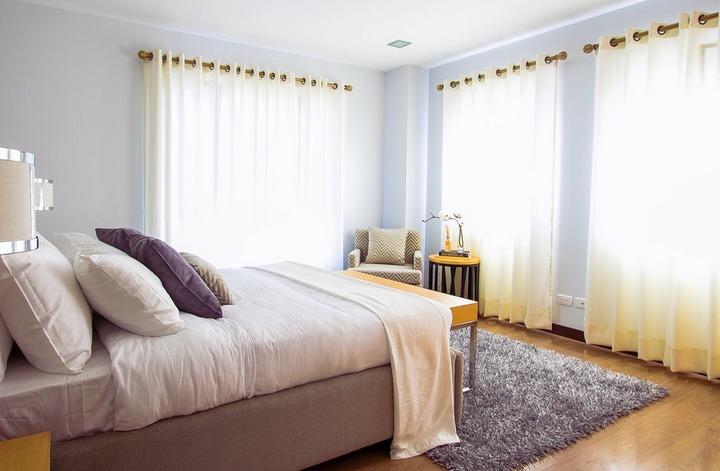
 It is known that your mattress can harbor a lot of dust, dirt, and even bugs. Giving it a good deep clean will make it more visually appealing and help you sleep better, knowing that you are not sleeping in filth.
It is known that your mattress can harbor a lot of dust, dirt, and even bugs. Giving it a good deep clean will make it more visually appealing and help you sleep better, knowing that you are not sleeping in filth. Adding some plants to your bedroom can help make it more relaxing. Plants are known to improve air quality and can even help reduce stress levels. If you are unsure which plants to add, many options are available that are known to be good for the bedroom environment. Some of these include aloe vera, lavender, and jasmine.
Adding some plants to your bedroom can help make it more relaxing. Plants are known to improve air quality and can even help reduce stress levels. If you are unsure which plants to add, many options are available that are known to be good for the bedroom environment. Some of these include aloe vera, lavender, and jasmine.
 Last but not least, we have bed bugs. These tiny
Last but not least, we have bed bugs. These tiny 
 One of the most common mistakes people make when using air fryers is not preheating them. This can lead to uneven cooking and wet food. Always preheat your air fryer according to the manufacturer’s instructions. This will help ensure that your food cooks evenly and comes out crispy. In addition, it is essential to remember that air fryers work best when they are full.
One of the most common mistakes people make when using air fryers is not preheating them. This can lead to uneven cooking and wet food. Always preheat your air fryer according to the manufacturer’s instructions. This will help ensure that your food cooks evenly and comes out crispy. In addition, it is essential to remember that air fryers work best when they are full. Another mistake people make is overfilling the basket. The food doesn’t have enough room to circulate and cook evenly when you do this. As a result, you end up with unevenly cooked food. To avoid this, follow the manufacturer’s instructions on how much food can safely be placed in the basket.
Another mistake people make is overfilling the basket. The food doesn’t have enough room to circulate and cook evenly when you do this. As a result, you end up with unevenly cooked food. To avoid this, follow the manufacturer’s instructions on how much food can safely be placed in the basket.
 When hiring a flooring contractor, the first thing you should do is make sure that they are insured. It will protect you from any accidents or damage during the installation process. You can ask the contractor for proof of insurance and check with their insurance company to confirm that they are correctly insured. in addition to insurance, you should also make sure that the contractor is bonded.
When hiring a flooring contractor, the first thing you should do is make sure that they are insured. It will protect you from any accidents or damage during the installation process. You can ask the contractor for proof of insurance and check with their insurance company to confirm that they are correctly insured. in addition to insurance, you should also make sure that the contractor is bonded. Of course, you will also want to consider the project’s cost when hiring a flooring contractor. Get multiple bids from different contractors and compare the prices to find the best deal. However, be sure also to consider the quality of work and experience when making your decision – not just the bottom line cost.
Of course, you will also want to consider the project’s cost when hiring a flooring contractor. Get multiple bids from different contractors and compare the prices to find the best deal. However, be sure also to consider the quality of work and experience when making your decision – not just the bottom line cost. When you have chosen a few potential flooring contractors, ask them about their process. Please find out how they will prepare your floors for installation and how long the process will take. It would help if you also asked about Warranties and guarantees that are offered if something goes wrong with the structure.
When you have chosen a few potential flooring contractors, ask them about their process. Please find out how they will prepare your floors for installation and how long the process will take. It would help if you also asked about Warranties and guarantees that are offered if something goes wrong with the structure.
 One of the main benefits of solar panels is that they help to reduce your electric bill. This is because you will be using less electricity from the grid, which is typically generated by fossil fuels.
One of the main benefits of solar panels is that they help to reduce your electric bill. This is because you will be using less electricity from the grid, which is typically generated by fossil fuels. Besides reducing carbon emissions, another main benefit of having solar power is that it helps fight against climate change. Climate change is a major problem that the world is currently facing, and we need to do everything possible to try and mitigate it.
Besides reducing carbon emissions, another main benefit of having solar power is that it helps fight against climate change. Climate change is a major problem that the world is currently facing, and we need to do everything possible to try and mitigate it.
 One thing that many homeowners are unaware of is the fact that HVAC equipment has a limited lifespan. Although it can be expensive, there are benefits to maintaining your ducted heating system on an annual basis. It not only extends its life but also improves air quality within your home and reduces energy costs by eliminating wasted heat loss through your ducted heating system.
One thing that many homeowners are unaware of is the fact that HVAC equipment has a limited lifespan. Although it can be expensive, there are benefits to maintaining your ducted heating system on an annual basis. It not only extends its life but also improves air quality within your home and reduces energy costs by eliminating wasted heat loss through your ducted heating system. If you are looking for a way to save some money on your heating costs, then it is probably time to look into getting a ducted heating service & repairs. Not only will this reduce the amount of energy used by your home, but it can also make it much easier and more cost-effective to heat multiple rooms simultaneously.
If you are looking for a way to save some money on your heating costs, then it is probably time to look into getting a ducted heating service & repairs. Not only will this reduce the amount of energy used by your home, but it can also make it much easier and more cost-effective to heat multiple rooms simultaneously. With so many options available, it can be tough to decide on the right
With so many options available, it can be tough to decide on the right 
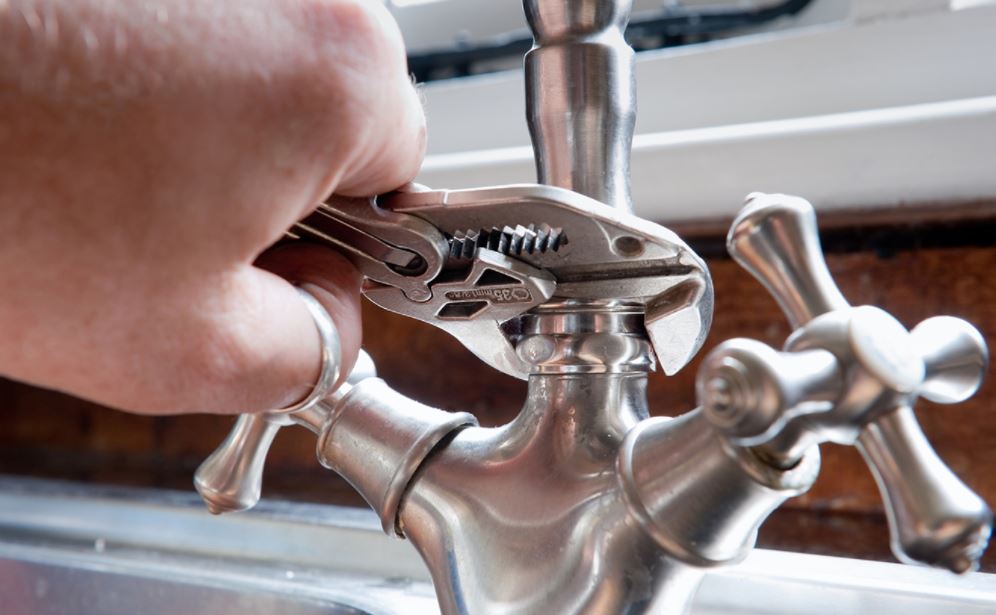 Hiring the best plumber will ensure these problems are fixed fast. Some plumbing problems can, of course, be solved with Google and some tools that are easy to use at home. For example, a clogged toilet can flood and run smoothly afterward, or, if you’re lucky, there might be a blockage in the pipe.
Hiring the best plumber will ensure these problems are fixed fast. Some plumbing problems can, of course, be solved with Google and some tools that are easy to use at home. For example, a clogged toilet can flood and run smoothly afterward, or, if you’re lucky, there might be a blockage in the pipe. If the toilet is blocked, chances are that you will be warned that the toilet will retreat when you try to flush the water. It is the same with many other plumbing fixtures – it is often very easy to find out where the source of the problem is, and hence it is easy to find a blocked drain.
If the toilet is blocked, chances are that you will be warned that the toilet will retreat when you try to flush the water. It is the same with many other plumbing fixtures – it is often very easy to find out where the source of the problem is, and hence it is easy to find a blocked drain.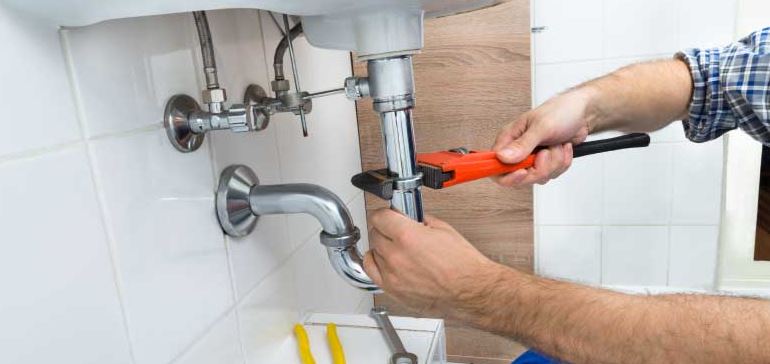 If you think the pipe may have burst, turn off the water supply and turn up the heat to keep things from getting worse. After taking these precautions, call a plumber to come out and fix the pipe.
If you think the pipe may have burst, turn off the water supply and turn up the heat to keep things from getting worse. After taking these precautions, call a plumber to come out and fix the pipe.

 From your research, you will be able to determine how reputable a particular company is. Ensure that the company you select has good comments from the general public. Most of the good companies have an online presence where you can find customer reviews and more information about the company. If you find one without a website, you should be careful to check whether they are authentic. A reputable company will give you the best services and this way you can enjoy the worth of your money.
From your research, you will be able to determine how reputable a particular company is. Ensure that the company you select has good comments from the general public. Most of the good companies have an online presence where you can find customer reviews and more information about the company. If you find one without a website, you should be careful to check whether they are authentic. A reputable company will give you the best services and this way you can enjoy the worth of your money. One factor you should always observe is the level of experience the company you are choosing has. It is because the more experience they have, the better they will do the job for you. If you pick an agency that has been in business for about a decade, you are in the right spot. You are guaranteed that any bird that is not where it is wanted will be gone for good.
One factor you should always observe is the level of experience the company you are choosing has. It is because the more experience they have, the better they will do the job for you. If you pick an agency that has been in business for about a decade, you are in the right spot. You are guaranteed that any bird that is not where it is wanted will be gone for good.
 Do you have the needed budget for this project? If you do not, it is advisable to wait until you get the money. It will help you avoid inconveniences like losing items during transit or improper handling of valuable during the activity. From your list of potentials, compare their price rates and select the home moving agency that meets your budget. To determine if a service provider is legit, ask for working permits and testimonial from previous clients.
Do you have the needed budget for this project? If you do not, it is advisable to wait until you get the money. It will help you avoid inconveniences like losing items during transit or improper handling of valuable during the activity. From your list of potentials, compare their price rates and select the home moving agency that meets your budget. To determine if a service provider is legit, ask for working permits and testimonial from previous clients.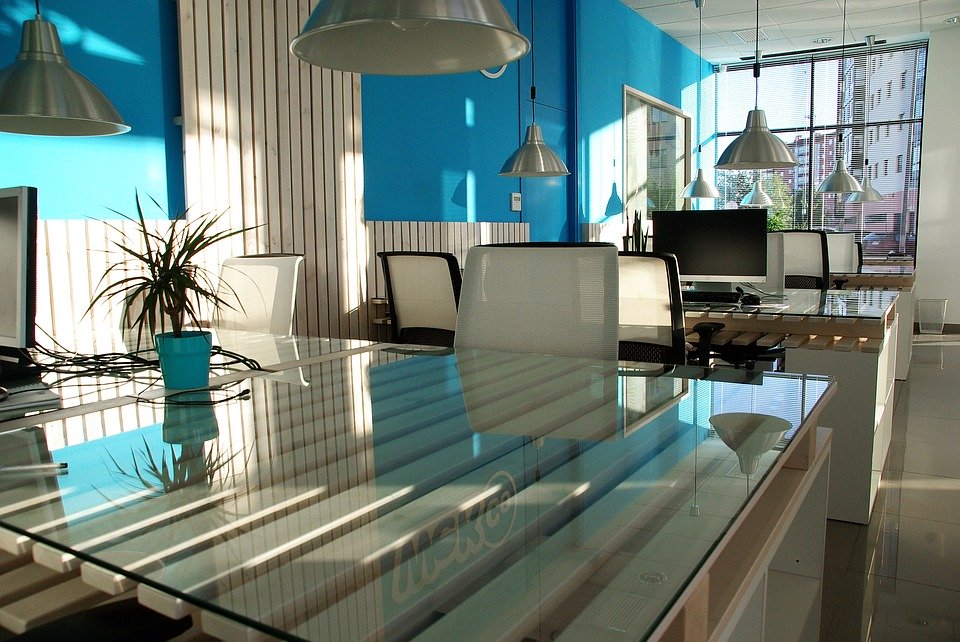


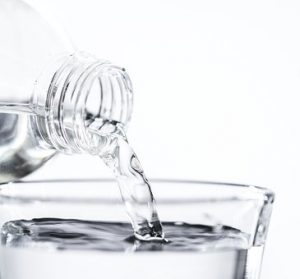 Water will contain chemicals and bacteria that would cause death and disease to people who consume it. Ideally, the microscopic organisms that are present in the water are responsible for certain diseases such as cholera, gastroenteritis, and dysentery. Therefore, wastewater management plays a critical role by removing over 97% of contaminants from water that would be quite harmful when it is ingested. Ideally, water passes through the filters that kill destructive organisms and contaminants. That ensures no bacterium enters other water sources that can harm people, animals, and plants.
Water will contain chemicals and bacteria that would cause death and disease to people who consume it. Ideally, the microscopic organisms that are present in the water are responsible for certain diseases such as cholera, gastroenteritis, and dysentery. Therefore, wastewater management plays a critical role by removing over 97% of contaminants from water that would be quite harmful when it is ingested. Ideally, water passes through the filters that kill destructive organisms and contaminants. That ensures no bacterium enters other water sources that can harm people, animals, and plants.
 An expert will make a blind that will suit the décor of your home. Experts take into consideration several factors including fabrics and light filtering when choosing which type of blind is most suitable for your home. Some fabrics of blinds block out the light while others act as a sunscreen and the experts choose the type of blind that is most suitable for your home based on light requirements.
An expert will make a blind that will suit the décor of your home. Experts take into consideration several factors including fabrics and light filtering when choosing which type of blind is most suitable for your home. Some fabrics of blinds block out the light while others act as a sunscreen and the experts choose the type of blind that is most suitable for your home based on light requirements.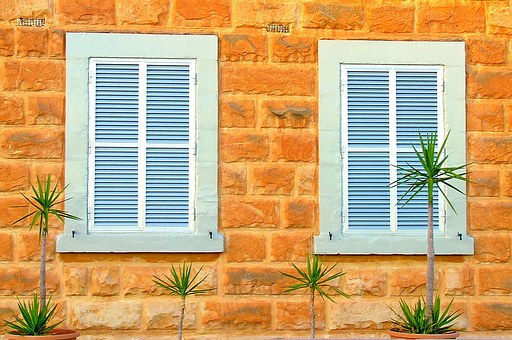 An expert makes blinds with a specific tilt control that directs the angles of the blades. With tilt control how and where the light enters your room is controlled. Tilt control is a great solution especially for a managed level of sun protection for house furnishings, furniture, and artworks.
An expert makes blinds with a specific tilt control that directs the angles of the blades. With tilt control how and where the light enters your room is controlled. Tilt control is a great solution especially for a managed level of sun protection for house furnishings, furniture, and artworks.


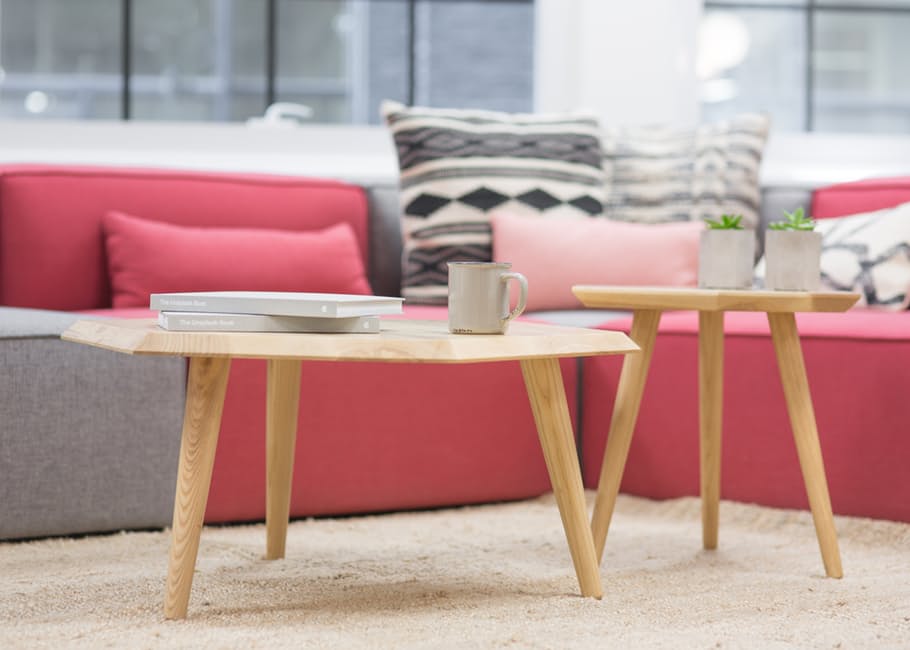

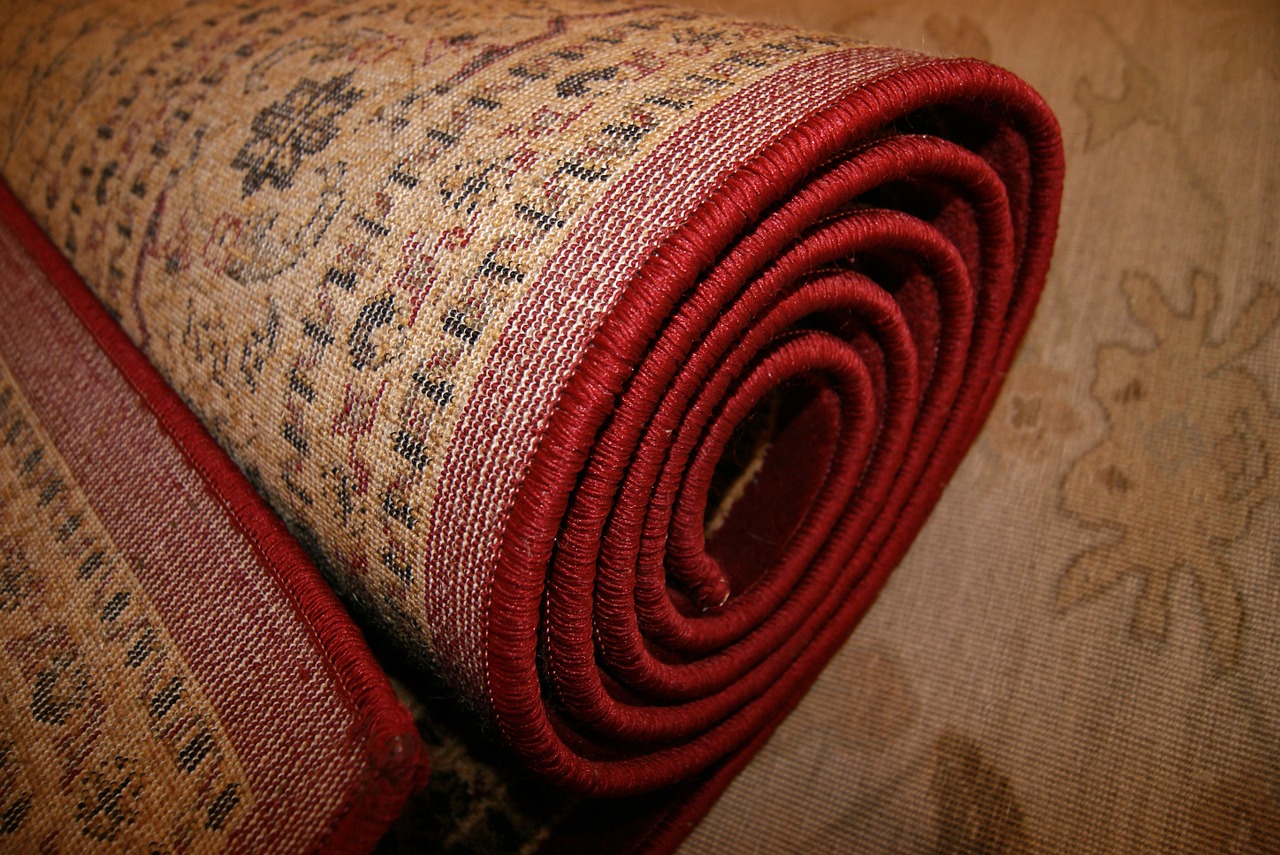

 The designs are numerous, and all your need is to pick one that suits your needs. Some are circular – most, in fact, are – while others are square or rectangular. The designers of today have even become more creative by making more excellent designs. If you like and your bathroom space allows, the rainfall shower head that hangs above your head gives the best experience. However, the wall mounted options are equally good.
The designs are numerous, and all your need is to pick one that suits your needs. Some are circular – most, in fact, are – while others are square or rectangular. The designers of today have even become more creative by making more excellent designs. If you like and your bathroom space allows, the rainfall shower head that hangs above your head gives the best experience. However, the wall mounted options are equally good.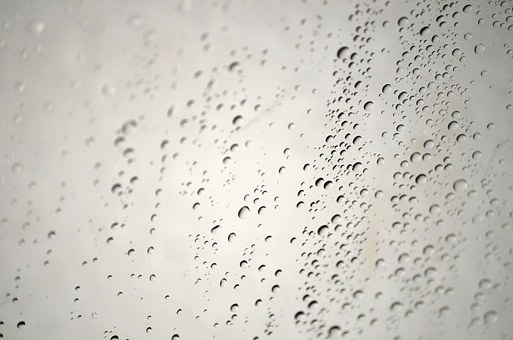 If you are too tired and looking forward to getting a good massage, this shower head can offer you this services for free. The sophisticated options have the capability to regulate water intensity from moderate to hard and fast drops. Anyone looking for water relaxation cannot ask for more than this. This capability varies from one rainfall shower type to another, and therefore, it would be wise to consult before buying.
If you are too tired and looking forward to getting a good massage, this shower head can offer you this services for free. The sophisticated options have the capability to regulate water intensity from moderate to hard and fast drops. Anyone looking for water relaxation cannot ask for more than this. This capability varies from one rainfall shower type to another, and therefore, it would be wise to consult before buying.
 Diseases caused by the pests have the tendency to spread rapidly. Insects and bugs are mainly responsible for transferring flu and viruses to animals, food, and people. Some administrations have made stringent guidelines on what is allowed to be brought into their countries. This is also a kind of pest control with a different approach altogether. Experts advise people to take such measures at their homes as well.
Diseases caused by the pests have the tendency to spread rapidly. Insects and bugs are mainly responsible for transferring flu and viruses to animals, food, and people. Some administrations have made stringent guidelines on what is allowed to be brought into their countries. This is also a kind of pest control with a different approach altogether. Experts advise people to take such measures at their homes as well. Before carrying out the task of removing pests, experts scrutinize each and every area of your home. Then, they mark the points where pests can cause severe damage and use different methods to eliminate them from your home.…
Before carrying out the task of removing pests, experts scrutinize each and every area of your home. Then, they mark the points where pests can cause severe damage and use different methods to eliminate them from your home.…
 The first and one of the major way to get rid of pests is that always keep your home and surroundings clean. Avoid water to become still around your house after rain and try to clean your swimming pools often. While feeding pets and giving them water also take care of their plates and cover the lid of the water pot when they take water. Try to make it your habit that you clean your home on the daily basis so that no pest can come and start building their communities there.
The first and one of the major way to get rid of pests is that always keep your home and surroundings clean. Avoid water to become still around your house after rain and try to clean your swimming pools often. While feeding pets and giving them water also take care of their plates and cover the lid of the water pot when they take water. Try to make it your habit that you clean your home on the daily basis so that no pest can come and start building their communities there. Do not let trash cans and garbage bags to be located inside or outside your home for a long time since this is also the main reason why pests come to your home. Also, try to take the trash from your kitchen as soon as possible after preparing food.…
Do not let trash cans and garbage bags to be located inside or outside your home for a long time since this is also the main reason why pests come to your home. Also, try to take the trash from your kitchen as soon as possible after preparing food.…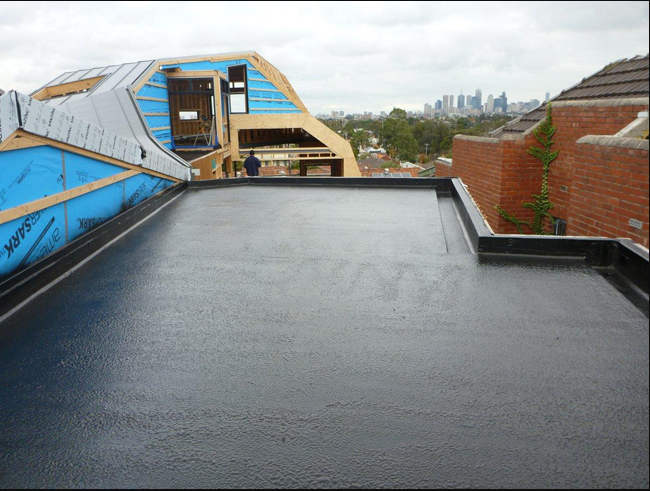
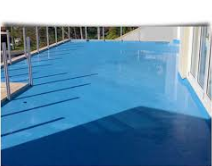 If you’re planning to renovate your home, one of the makeover projects you should consider prioritizing is basement sealing because of its below-ground location or construction. Hydrostatic pressure, ground water intrusion, and water vapor permeation greatly affect your basement walls, joints, and floors. You have to ensure the protection of your basement’s structural foundation and walls from leaks, cracks, molds, decay, and moisture-related problems. Although waterproofing the interior walls can be easy, the best way still to prevent damage is external wall waterproofing, but waterproofing exterior wall is time-consuming and costly.
If you’re planning to renovate your home, one of the makeover projects you should consider prioritizing is basement sealing because of its below-ground location or construction. Hydrostatic pressure, ground water intrusion, and water vapor permeation greatly affect your basement walls, joints, and floors. You have to ensure the protection of your basement’s structural foundation and walls from leaks, cracks, molds, decay, and moisture-related problems. Although waterproofing the interior walls can be easy, the best way still to prevent damage is external wall waterproofing, but waterproofing exterior wall is time-consuming and costly.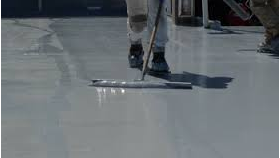 Install an interior drain to collect the water and divert it to the pump.
Install an interior drain to collect the water and divert it to the pump.
 aximizing the use of the space available, and one may need to remove some walls and maybe put up others. One may need to replace some old dated appliances and features with new ones that will make maximum use of space. Furthermore, one may also want to incorporate some old features into the design of the home this may be the floor, fire place or the house staircase. Likewise, your budget will play a big role on what you will be able to accomplish. Draw up your design with all the features that you will need and have the plan to remodel the house.
aximizing the use of the space available, and one may need to remove some walls and maybe put up others. One may need to replace some old dated appliances and features with new ones that will make maximum use of space. Furthermore, one may also want to incorporate some old features into the design of the home this may be the floor, fire place or the house staircase. Likewise, your budget will play a big role on what you will be able to accomplish. Draw up your design with all the features that you will need and have the plan to remodel the house.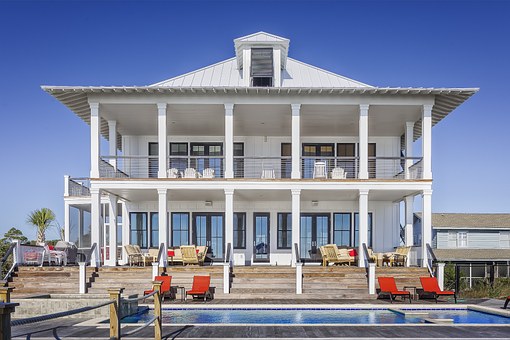 It is important to update the house to the contemporary standard of property style and design. Depending on where the house is, there are certain standard regulations that need to be met. This regulations include the plumbing by installing the proper plumbing pipes, electricital updates, window lengths in case of fire and emergencies,know the requirement and be sure to met the codes.
It is important to update the house to the contemporary standard of property style and design. Depending on where the house is, there are certain standard regulations that need to be met. This regulations include the plumbing by installing the proper plumbing pipes, electricital updates, window lengths in case of fire and emergencies,know the requirement and be sure to met the codes.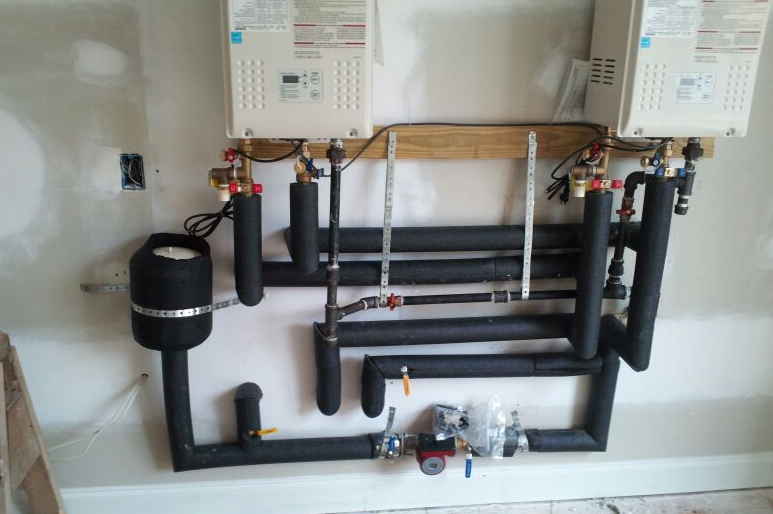
 Since there are many water heaters in the market, it probably best if you get referrals. Referrals are the best since you will get them from people who are already using the product or have used the products. The best ways to get referrals would be from close friends, family or even workmates. Consider all the references plus online reviews to make sure you get the best that there is in the market.
Since there are many water heaters in the market, it probably best if you get referrals. Referrals are the best since you will get them from people who are already using the product or have used the products. The best ways to get referrals would be from close friends, family or even workmates. Consider all the references plus online reviews to make sure you get the best that there is in the market. Getting the best product, therefore, entails having one that can be repaired easily. Electric water heaters have many qualities. There are also many things that buyers look for in a product. The four tips are just important in making sure one gets a long lasting hot water solution.…
Getting the best product, therefore, entails having one that can be repaired easily. Electric water heaters have many qualities. There are also many things that buyers look for in a product. The four tips are just important in making sure one gets a long lasting hot water solution.…
 you living alone or do you have a family. According to Time and space condos such factors are important in determining where one will buy the particular condo. There are condo communities designed for people with children and a family, while there are others that are best fitted for single people. Furthermore, condos have certain facilities that one may be looking for. Facilities like a gym, pool or play area for children will help guide on whether to purchase or not.
you living alone or do you have a family. According to Time and space condos such factors are important in determining where one will buy the particular condo. There are condo communities designed for people with children and a family, while there are others that are best fitted for single people. Furthermore, condos have certain facilities that one may be looking for. Facilities like a gym, pool or play area for children will help guide on whether to purchase or not. Condos are run and managed by associations. The associations ensure that the condo building and community is well maintained and handle repairs when there is a need. For the associations to achieve this the residence are required to pay a certain fee to ensure this services are given. The fee will vary depending on the condo community and will play a significant role in deciding whether the condo community is best fitted for you.
Condos are run and managed by associations. The associations ensure that the condo building and community is well maintained and handle repairs when there is a need. For the associations to achieve this the residence are required to pay a certain fee to ensure this services are given. The fee will vary depending on the condo community and will play a significant role in deciding whether the condo community is best fitted for you.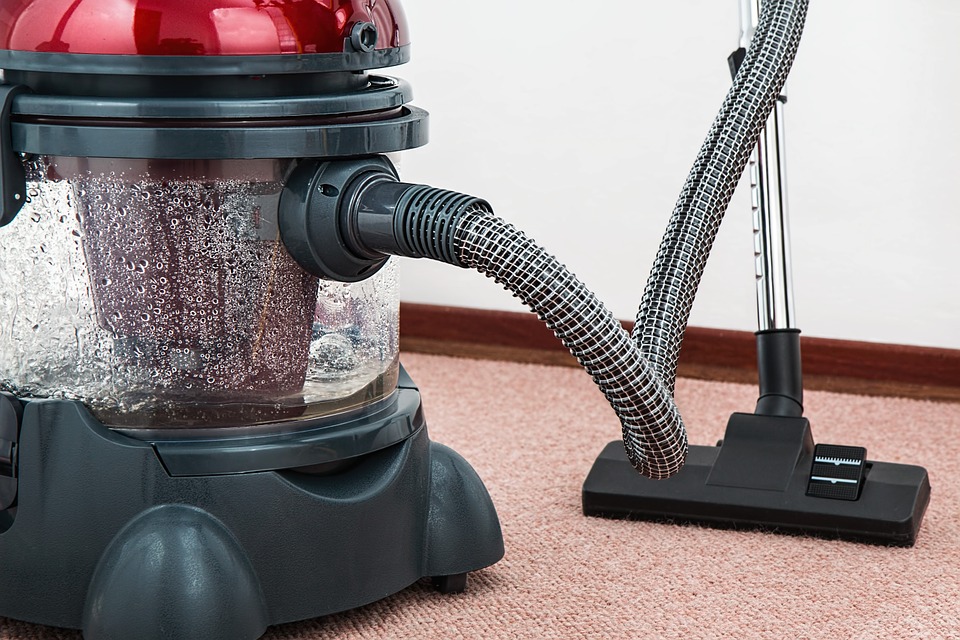



 s the staff of a building. Every building should have a staff to help with repairs and other important needs such as management. To have a better life in a given apartment, you have to make sure that stuff gets fixed when it breaks down. The Way that you do this is by making sure that a building has sufficient staff members.…
s the staff of a building. Every building should have a staff to help with repairs and other important needs such as management. To have a better life in a given apartment, you have to make sure that stuff gets fixed when it breaks down. The Way that you do this is by making sure that a building has sufficient staff members.…